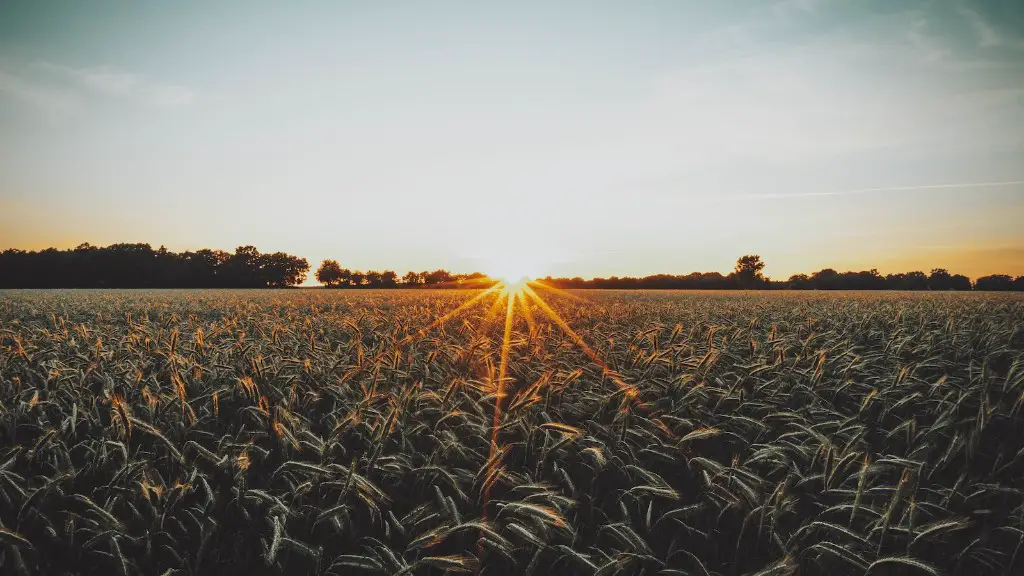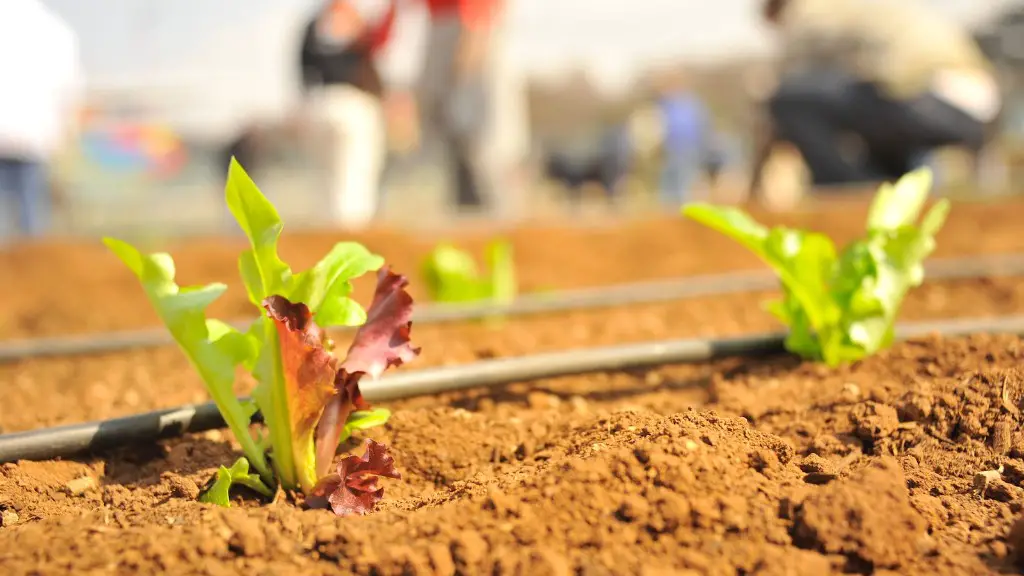Circular agriculture is an innovative way of farming where farmers strive to reduce their negative impacts on the environment while providing their food with the highest sustainability standards. Circular agriculture combines climate-smart farming practices such as reduced-tillage, conservation of soil and water, biodiverse crop rotations, integrated pest management, and regenerative animal husbandry. This can help to combat climate change, preserve biodiversity, and reduce water pollution. Circular agriculture also seeks to reduce the need for toxic pesticides which can harm the quality of food and environment. It includes using renewable resources to produce food with fewer synthetic inputs, and also better management of soils, water, and energy.
How Circular Agriculture Benefits Farmers
Circular agriculture provides farmers with economic benefits and sustainability for the long-term. It allows farmers to increase their yields by utilizing the natural resources and labor more efficiently. By relying less on synthetic inputs, circular agriculture is often more cost effective. In addition, local food production that is more in tune with the environment can provide more resilient and nutritious crop yields. Through intensive land management and increasing the productivity of the soil, circular agriculture can also help to reduce erosion and other risks associated with traditional farming.
Advantages of Circular Agriculture
There are several advantages of circular agriculture that are beneficial to the environment and people. One advantage is that circular agriculture uses less energy and fewer synthetic inputs, helping to maintain natural resources and reduce the amount of carbon dioxide released into the atmosphere. It also promotes healthier soils by preventing erosion and promoting microbial activity which increases crop yields. Another advantage is that circular farming helps to boost biodiversity, especially beneficial insects and birds, which can act as natural pest control. In addition, circular farming can reduce the need for harmful chemical pesticides, retaining the quality of food and reducing contamination.
Challenges for Farmers Adapting to Circular Agriculture
Circular agriculture is still a new concept for many farmers, and getting used to the circular model can be challenging. One challenge is that the transition to more sustainable farming practices may require extra time and resources, especially if the farmer must purchase new equipment. Another challenge is the reluctance to abandon traditional practices and take on new ideas, which can prevent a successful transition to circular agriculture. In addition, better land management may also require extra up-front investment, although the long-term cost-saving benefits should be well worth it.
The Role of Community in Circular Agriculture
Circular agriculture requires the involvement of the entire community to create a more sustainable food system. This includes farmers, consumers, policy makers, businesses, and researchers working together to promote circular agriculture and make it more accessible and viable. Additionally, consumer education and engagement is essential in creating a movement that is based on shared values that support a sustainable food system. By engaging the entire community in the transition to circular agriculture, we can create a sustainable food system that promotes environmental sustainability, economic growth, and healthier communities.
Using Technology in Circular Agriculture
Technology can play a crucial role in helping farmers transition to circular agriculture. For example, the use of data analytics can help farmers monitor the health of their soils and predict the best yield trajectories. It can also help farmers optimize their crop rotation, predict pest and disease outbreaks, and inform decisions about fertilizer and water management. Moreover, technology can provide early warnings of extreme weather events, thus helping farmers to better plan and prepare.
Integrating Animals into Circular Agriculture
Integrating animals into circular agriculture is an important part of creating a more sustainable food system. Animals can be used to restore degraded soils, increase crop yields, and produce more nutrient-rich food. Additionally, animals can serve as natural pest controllers, reducing the need for chemical pesticides. Furthermore, animals can help to sequester carbon, creating a more resilient food system that is better equipped to withstand climate change.
Making Circular Agriculture More Accessible
In order for circular agriculture to be successful, we must make it more accessible to small-scale farmers and producers. This includes providing financial incentives, educational resources, and access to new technologies. In addition, support from governmental and non-governmental organizations can help to create a more equitable food system and increase the adoption of circular agriculture. Furthermore, long-term research and monitoring can help to build the evidence base and inform decision-making around circular agriculture.


